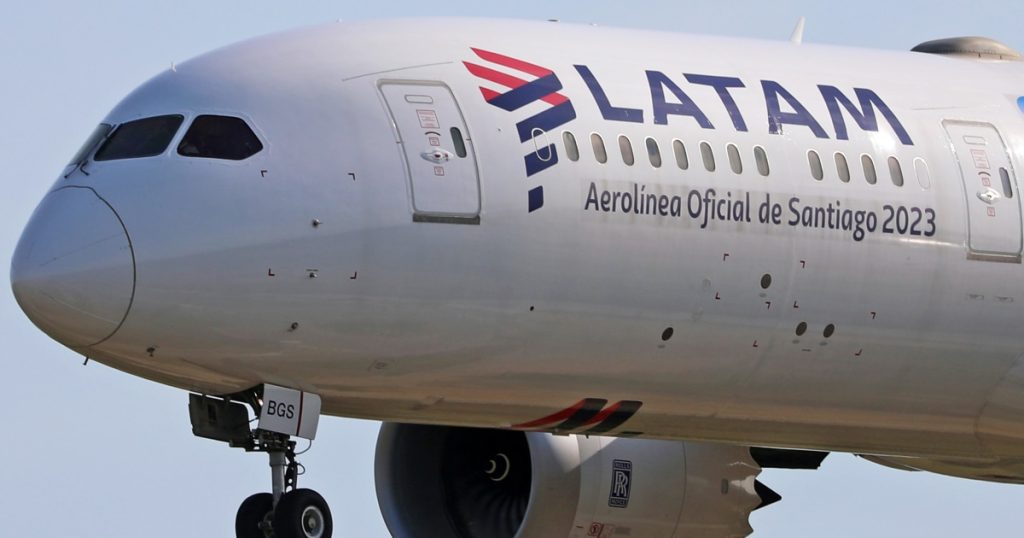The Federal Aviation Administration has announced that it will require inspections of hundreds of Boeing 787 Dreamliners following a mid-air incident involving a LATAM Airlines plane in March. The incident, which injured at least 50 people, occurred when a seat in the cockpit jolted forward and disconnected the auto-pilot system, causing a rapid descent. Since then, the FAA has received reports of similar issues in four other cases, with the latest occurring in June. Loose rocker switch caps on the back of cockpit seats were identified as the cause in three incidents, while the remaining two cases are still under investigation.
In response to these incidents, the FAA issued an airworthiness directive citing the “unsafe condition” of the cockpit seats and requiring inspections of 158 U.S.-registered airplanes and 737 airplanes worldwide. These inspections must be completed within 30 days. Boeing, the manufacturer of the 787 Dreamliner, stated that they “fully support” the directive. This latest directive further adds to the ongoing regulatory and public scrutiny of Boeing, particularly concerning its 787 Dreamliner.
The announcement comes amidst other recent issues facing Boeing, including the discovery of incorrectly installed fasteners on some undelivered jets in June. The FAA had also previously investigated whether Boeing had completed required inspections or falsified aircraft records the month before. Additionally, a whistleblower had expressed concerns to NBC News that Boeing should halt Dreamliner production due to unresolved assembly flaws. These incidents have raised concerns about the safety and quality control of Boeing aircraft, leading to increased scrutiny from regulatory agencies and the public.
The safety of airplane components, especially seats in the cockpit, is crucial to ensuring the overall safety of flights. The FAA’s decision to issue an airworthiness directive for inspections of cockpit seats on Boeing 787 Dreamliners underscores the importance of identifying and addressing potential safety issues promptly. By requiring these inspections to be completed within a specific timeframe, the FAA is taking proactive steps to mitigate the risks associated with loose rocker switch caps on cockpit seats, which have been identified as a factor in several recent incidents.
Boeing’s response to the airworthiness directive indicates a willingness to cooperate with the FAA and prioritize safety in its operations. By supporting the directive and committing to address the identified issues, Boeing is demonstrating a commitment to addressing concerns raised by regulatory agencies and ensuring the safety of its aircraft. The company’s cooperation with the FAA in conducting inspections of 787 Dreamliners reflects a proactive approach to addressing safety concerns and maintaining the airworthiness of its fleet.
Overall, the FAA’s decision to require inspections of Boeing 787 Dreamliners following a series of incidents involving cockpit seats underscores the importance of stringent safety measures in the aviation industry. By identifying and addressing potential safety issues promptly, regulators and manufacturers can work together to maintain the safety and reliability of commercial aircraft. Boeing’s support of the directive and commitment to addressing the identified issues reflect a dedication to safety and quality control in aircraft production. The ongoing scrutiny of Boeing’s practices highlights the need for transparency and accountability in ensuring the safety of air travel.


